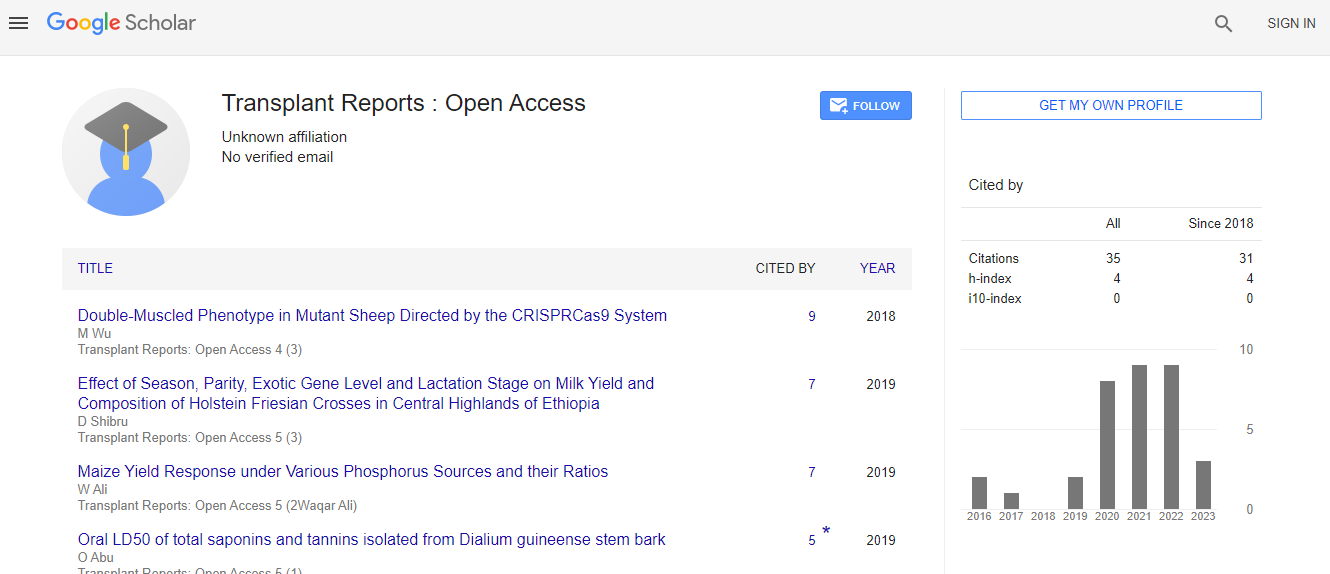Research Article
Right Versus Left Laparoscopic Donor Nephrectomy: Initial 3 year Experience from a Single Centre Transplant Program
McGregor TB1*, Clare E Gardiner1and Joshua Koulack2
1Section of Urology, University of Manitoba, Canada
2Section of Vascular Surgery, University of Manitoba, Canada
- *Corresponding Author:
- McGregor TB
Section of Urology, University of Manitoba
Canada
Tel: +1 800-432-1960
E-mail: tmcgregor2@sbgh.mb.ca
Received date: December 29, 2015; Accepted date: January 23, 2016; Published date: January 25, 2016
Citation: McGregor TB, Gardiner CE, Koulack J (2016) Right Versus Left Laparoscopic Donor Nephrectomy: Initial 3 year Experience from a Single Centre Transplant Program. Transplant Rep 1:102.
Copyright: © 2016 McGregor TB, et al. This is an open-access article distributed under the terms of the Creative Commons Attribution License, which permits unrestricted use, distribution, and reproduction in any medium, provided the original author and source are credited.
Abstract
Laparoscopic living donor nephrectomy is the standard of care at high volume transplant centers. Despite this there is still reticence to harvest the right kidney laparoscopically because of concerns regarding the shorter renal vein, higher complexity of dissection and potentially higher complication rates and worse renal allograft outcomes. The aim of this single-center study of 72 consecutive laparoscopic donor nephrectomies was to compare left versus right-sided laparoscopic donors in terms of surgical difficulty, complication rates and outcomes.There were 56 left-sided and 16 right-sided donors. There was no significant difference in surgical outcomes or complication rates. Similarly, the recipient surgery complication rates and allograft outcomes were no different between kidneys procured laparoscopically from the left or the right. This single center study shows comparable donor operative parameters and recipient post-operative outcomes in left and right laparoscopic donor nephrectomies. Procuring the right kidney laparoscopically is safe and does not have a negative impact on donor recovery or long term graft function in the recipient.

 Spanish
Spanish  Chinese
Chinese  Russian
Russian  German
German  French
French  Japanese
Japanese  Portuguese
Portuguese  Hindi
Hindi 